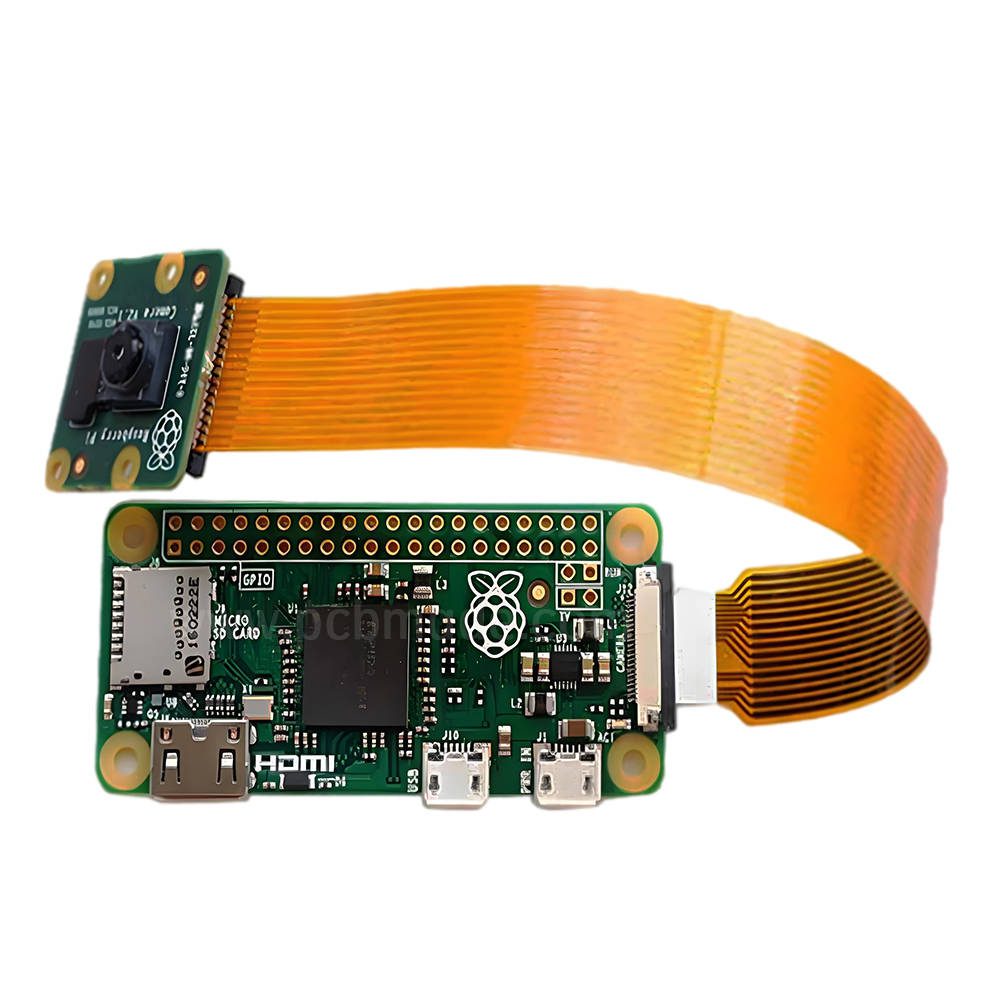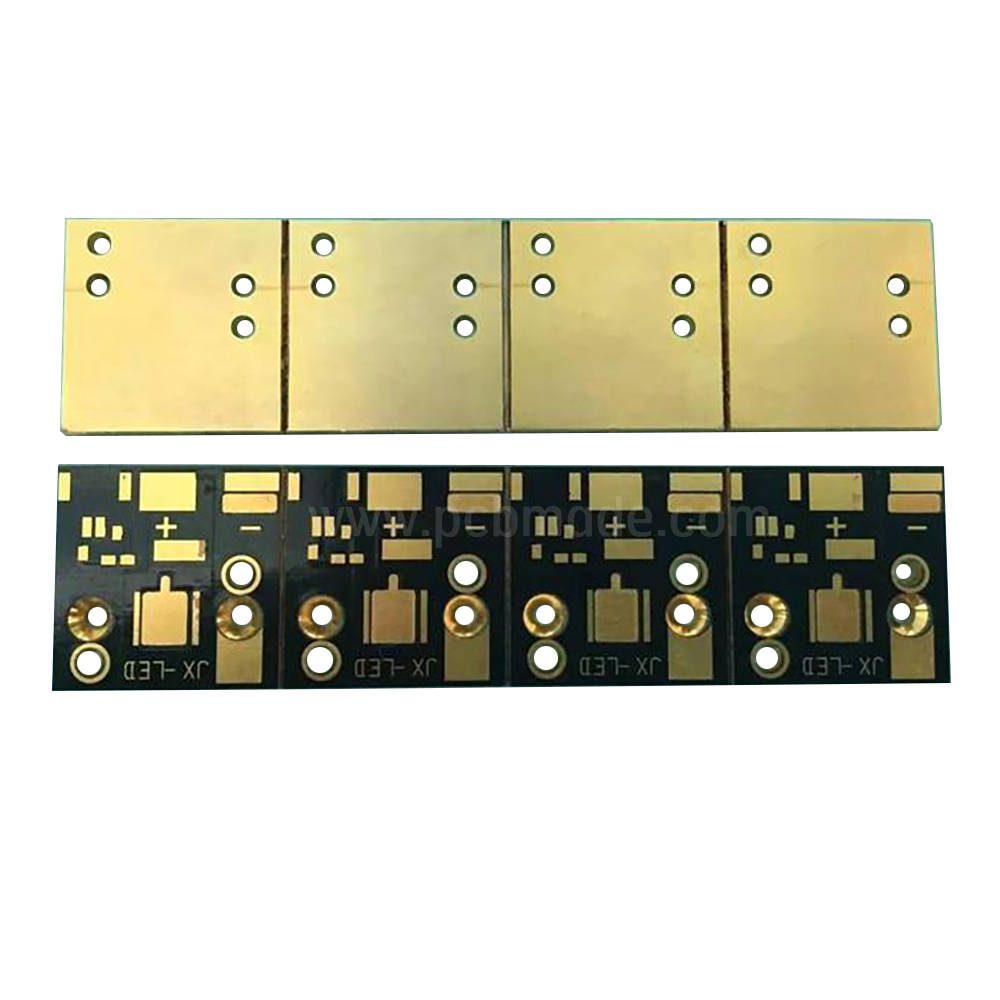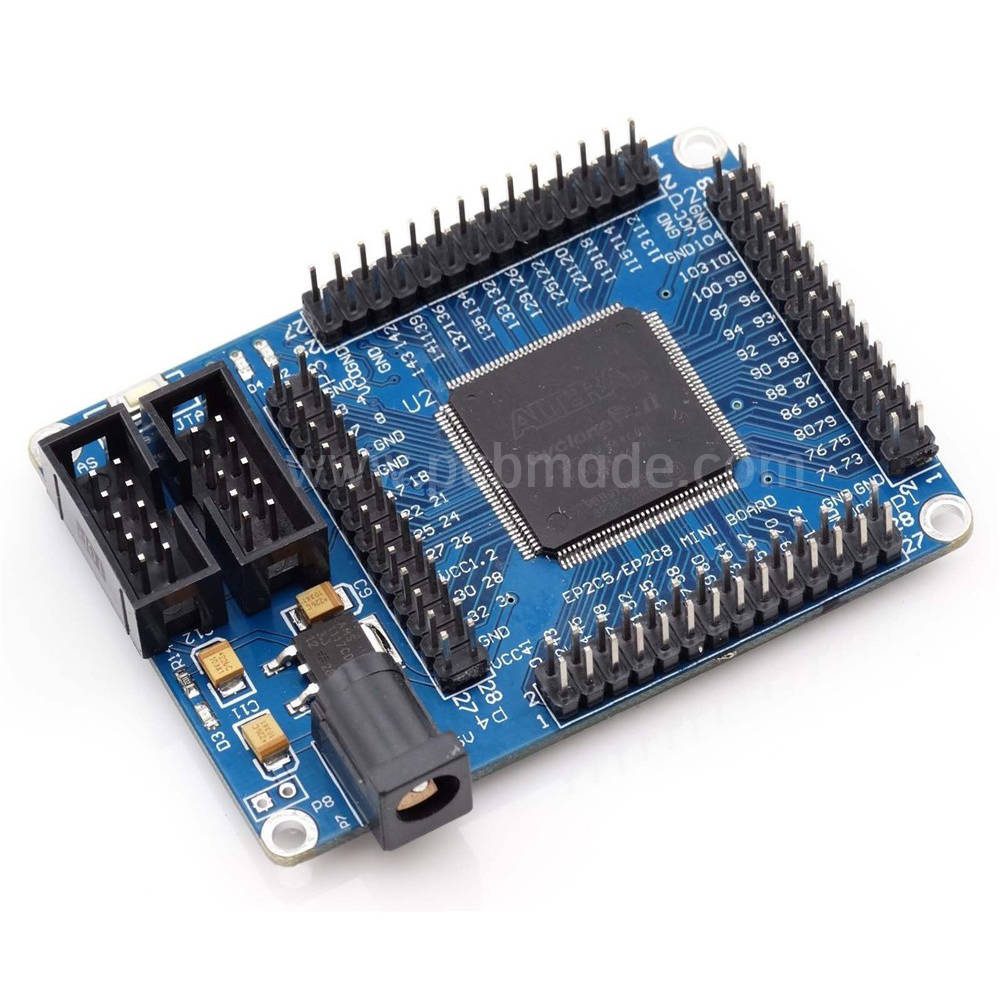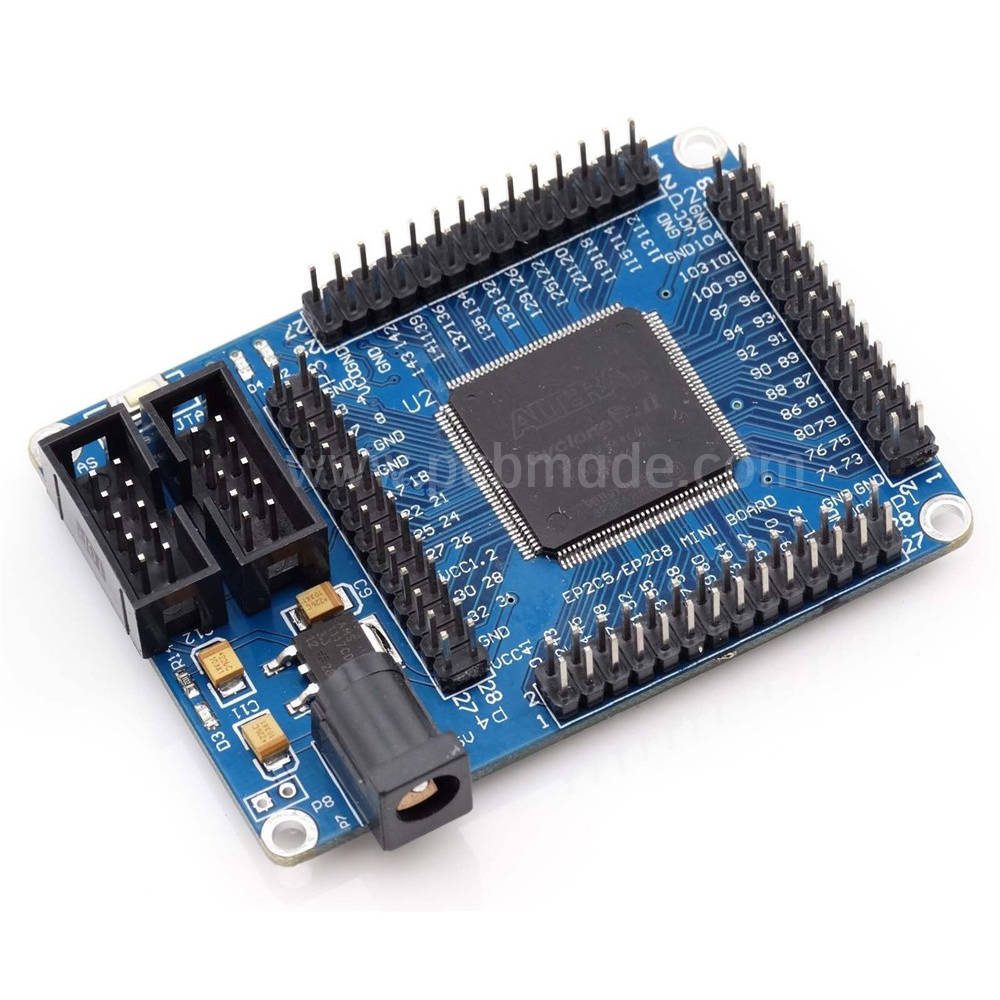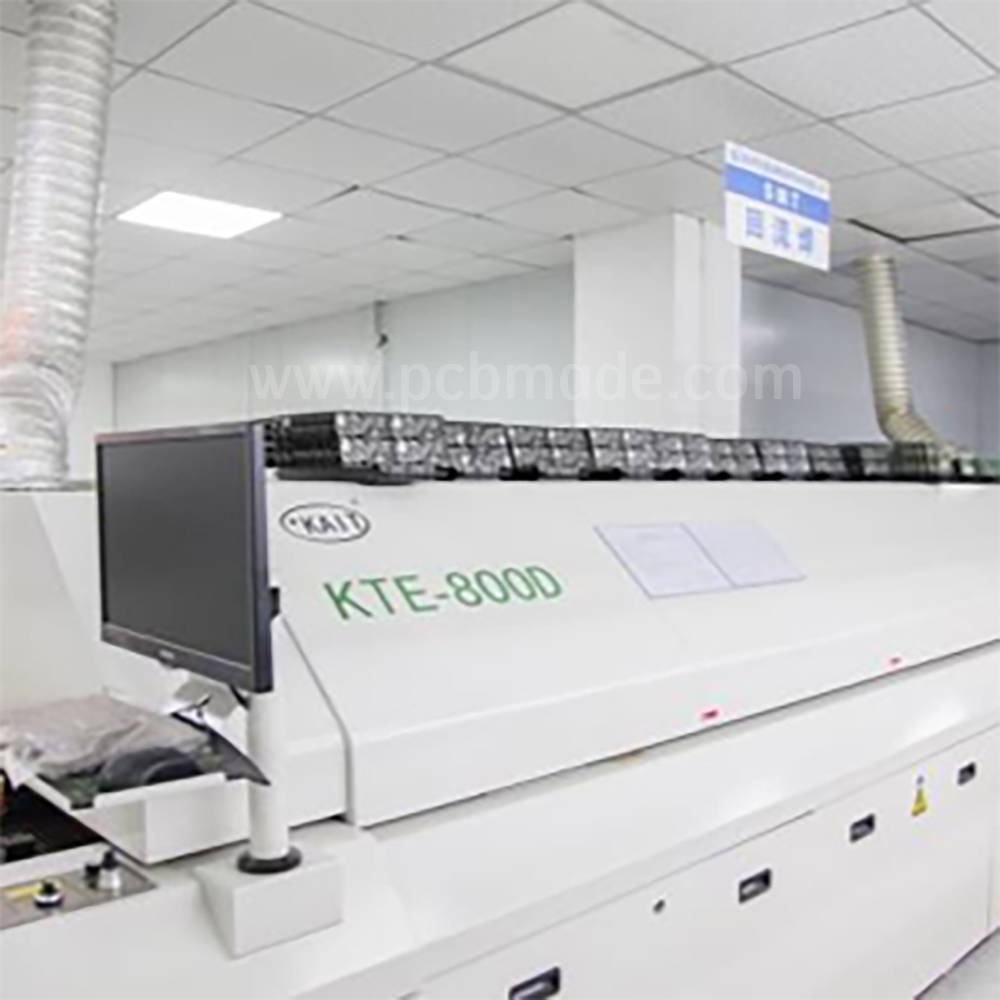The synergy between SMT surface mount processing and PCB design is crucial in modern electronic manufacturing. SMT (surface mount technology) surface mount processing and PCB (printed circuit board) design are two crucial links, and their collaborative work has a decisive impact on product performance, quality, and production efficiency.
This article will explore the key points of SMT surface mount processing and PCB design respectively, and explain how they work together to achieve popular manufacturing effects.
一、 The key steps of SMT surface mount processing include the following steps:
1. Preparation work: including material procurement, inspection, equipment debugging and maintenance, as well as production line layout.
2. PCB loading: Place the PCB board to be processed on the worktable of the surface mount machine to ensure accurate and stable positioning of the PCB board.
3. Component mounting: Various electronic components are accurately mounted onto designated positions on the PCB board using a surface mount machine.
4. Welding treatment: Use reflow soldering furnaces and other equipment to solder the mounted electronic components, ensuring the electrical connection between the components and the PCB board.
5. Quality inspection: Conduct quality inspection on the welded PCB board, including appearance inspection, electrical performance testing, etc., to ensure that the product quality meets the requirements.
二、 The principles and key points of PCB design directly affect the effectiveness of SMT surface mount processing and product performance.
1. Design rationality: PCB design should follow electrical principles to ensure correct electrical connections between various components.
2. Layout optimization: The layout of components should take into account the convenience of SMT surface mount processing, such as minimizing mutual interference between components and improving mounting efficiency.
3. Thermal design: Reasonable layout of components with high heat generation to ensure good heat dissipation and prevent the impact of heat on surrounding components.
4. Maintainability: Consider the maintainability of the product in the design, such as easy maintenance and replacement of components.
三、 The synergy between SMT surface mount processing and PCB design is mainly reflected in the following aspects:
1. Design feedback: PCB designers should adjust and optimize the design scheme based on the actual needs and limitations of SMT surface mount processing. SMT processing engineers should also promptly provide feedback to designers on any problems encountered during the processing process, so that designers can make timely modifications to the design.
2. Standardization and normalization: In order to improve the efficiency and quality of SMT surface mount processing, PCB design and SMT processing should follow relevant standards and specifications, such as component packaging standards, PCB board size specifications, etc.
3. Communication and Collaboration: PCB designers and SMT processing engineers should maintain a good communication and collaboration relationship to jointly solve problems encountered in the production and design process, ensuring the smooth production of products.
4. Continuous improvement: With the continuous development of technology and changes in the market, SMT surface mount processing and PCB design should also be continuously improved and optimized to adapt to new demands and challenges.
The collaboration between SMT surface mount processing and PCB design is one of the key factors for the success of the electronic manufacturing industry. By strengthening communication and collaboration between the two, continuously optimizing design schemes and processing flows, we can improve product quality and production efficiency, and meet market demands and expectations.




